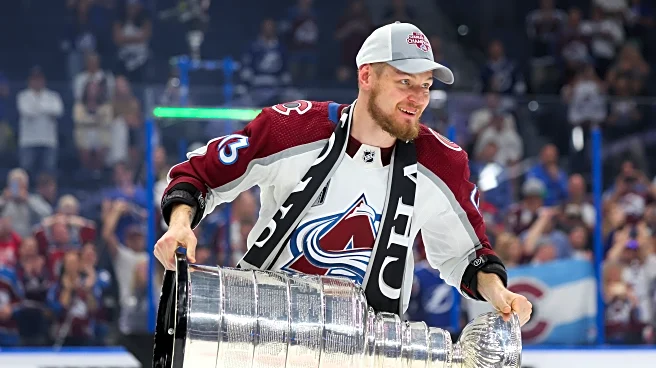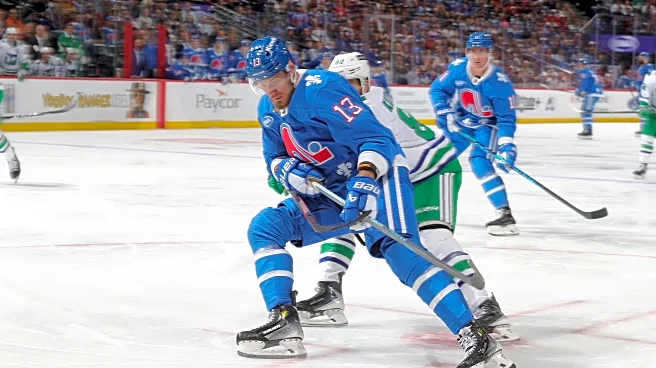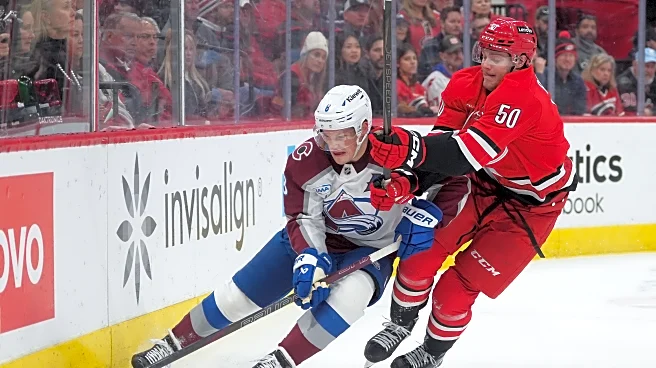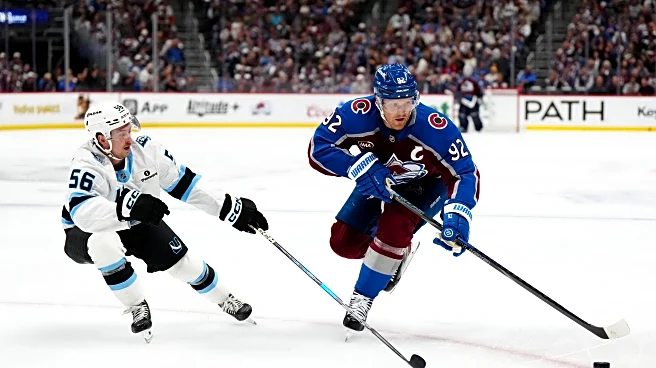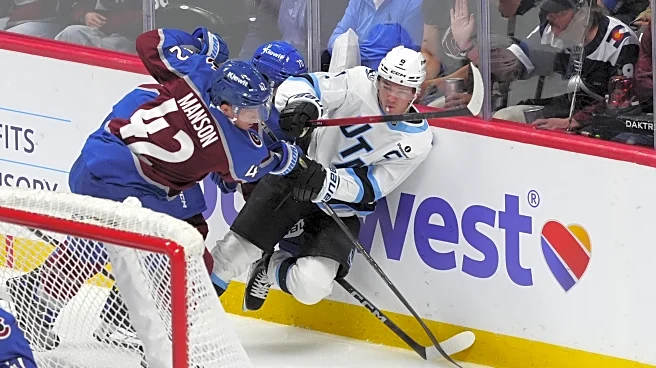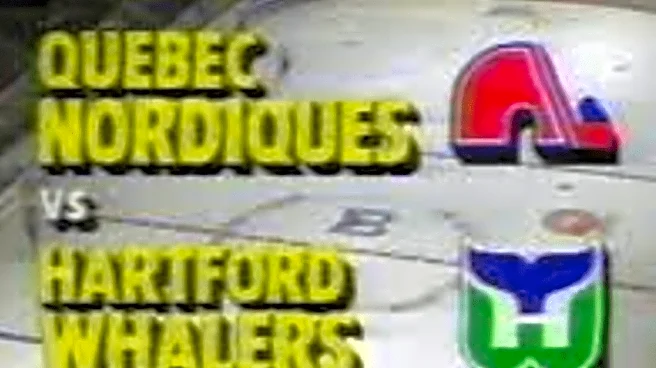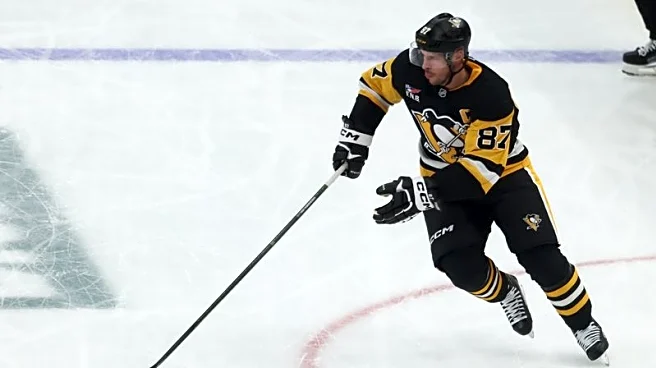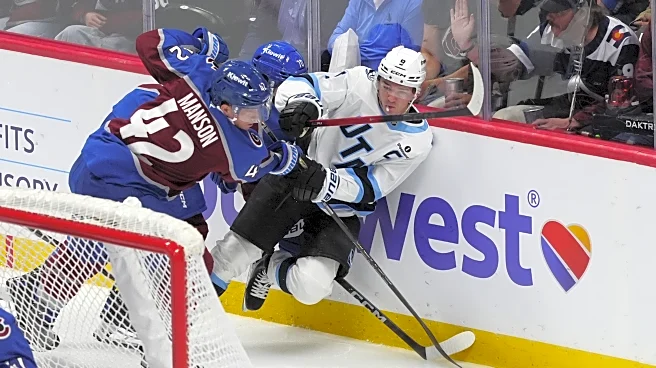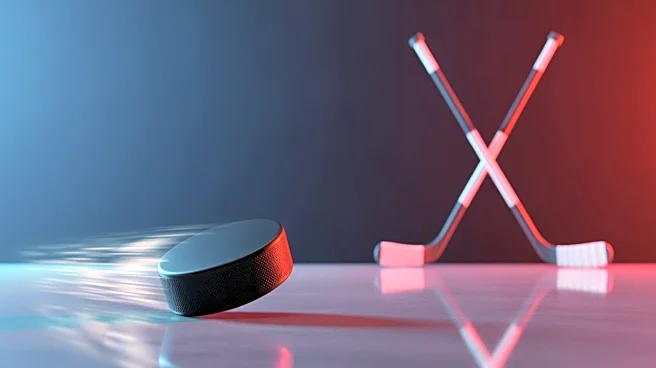One of the most popular talking points from the Colorado Avalanche front office in recent years has been how the pandemic has hamstrung their roster building efforts and ability to retain much of their 2022
Stanley Cup winning squad. But is that really the case?
Building a Champion
First, let’s examine how the 2022 Stanley Cup champion Avalanche took advantage of the challenging landscape of the pandemic and three years of a flat $81.5M salary cap to fortify their roster worthy of winning a championship.
It all starts on the back of a major competitive advantage that the Avalanche held as their superstar Nathan MacKinnon was on a $6.3M average annual value contract through the 2022-23 season. The organization was able to utilize the extra salary cap space by investing in a lot of other contracts including most notably one of their most successful strategies which was targeting undervalued arbitration eligible Restricted Free Agents in trades. This blueprint began in 2019 with the Andre Burakovsky trade from Washington but the strategy really accelerated during the flat-cap environment caused by the COVID-19 pandemic.
The Avalanche front office’s crowning achievement may have been on October 12, 2020 when Colorado extracted Devon Toews from the New York Islanders just two days after he filed for arbitration. No doubt the flat $81.5M salary cap made an impact on the Islanders who were forced to let a valuable piece go before the 2020-21 season began and in fact Toews wasn’t the only defenseman in the league hastily moved that offseason. Colorado gave Toews a nice raise from the $700K he was previously earning to $4.1M over the next four years coinciding with their championship window.
Also in that fall of 2020 as the widespread uncertainty and diminished ability for teams to spend played a hand in Colorado signing both Andre Burakovsky ($4.9M) and Val Nichushkin ($2.5M) to moderate raises, which they were both under contract at when they lifted the Stanley Cup. Similarly, when both Gabriel Landeskog ($7M) and Cale Makar ($9M) signed their seven-year contracts in the summer of 2021, the Avalanche enjoyed the benefits of flat cap cost savings then as well.
In the spring of 2022 was when the Avalanche put the finishing touches on their successful RFA strategy with the trade deadline addition of Artturi Lehkonen. It was unusual to pry away a player with team control months before the offseason. But the Canadiens decided Lehkonen had priced himself out of Montreal to the benefit of Colorado. The Avalanche knew Lehkonen was due a raise upcoming that summer on his previous salary of $2.3M on a two-year contract.
The Aftermath
Now the argument is the NHL’s flat cap then in turn prevented the Avalanche from retaining the bulk of their championship roster. It’s true that tough choices have to eventually be made for every team that has built a contender. But a hypothetical salary cap that had continued to rise had there not been a pandemic isn’t an just easy solution with free get-out-of-jail money as the salaries would have continued to inflate along with the cap. Additionally, in the 2022 offseason the cap actually wasn’t flat as it began to move up by $1M annually as the league was emerging from the pande at that time ahead of the 2022-23 season with more growth expected on the horizon.
For the Avalanche, they still invested in long term contracts that summer after winning the Stanley Cup. Nichushkin signed his long-term extension in the 2022 offseason for $6.125M per year for eight years right before he walked onto the open market. The other big ticket signing was for the previously mentioned Lehkonen just a couple days later at $4.5M for five years. And despite the slowly rising cap at the time the Avalanche still found the $4.5M to retain defenseman Josh Manson for the next four years. All three contract values would certainly have been higher had the cap not been set at $82.5M for the 2022-23 season.
The greatest beneficiary to the Avalanche of all may have been signing their franchise cornerstone superstar center Nathan MacKinnon to his eight-year deal at $12.6M per year, which was the highest AAV contract in the league when he signed it on September 20, 2022. We don’t even need to do math to figure that had there not been three seasons of a pandemic depressed flat salary cap at $81.5M that someone else would have set the league’s highest AAV beyond Connor McDavid’s $12.5M which Colorado would have to beat to give MacKinnon the highest contract value. Even if the highest yearly contract wasn’t the ultimate goal, Nathan MacKinnon would have easily been paid more had there not been a pause on cap growth by the pandemic.
In the four years before the pandemic the NHL salary cap had risen 14% from $71.4M in 2015-16 to $81.5M in 2019-20. If that same rate of growth occurred from that cap to the 2023-24 season when MacKinnon’s new deal kicked in he would have been negotiating off of roughly a $93M cap. Assuming then if he received the same 15.09% of the cap, which he signed in the aforementioned 2022 deal, his salary would have came out to $14.03M starting the 2023-24 season. Still a bargain considering where financials are going today but certainly a greater cost to the franchise. Furthermore, had the NHL experienced these recent jumps of $8-9M growth over the three pandemic years instead of the at the time projected modest $2-3M increases then MacKinnon might have easily cashed in at $17 million long before Kirill Kaprizov did. That jump simply doesn’t give the Avalanche more money to play with, it increases their expenses.
The true argument really is about Nazem Kadri and would the Avalanche have had their second line center for the last three years of early playoff exits following their Stanley Cup win had there been no flat cap? Again, the $7M and 8.48% of the cap he signed for with the Calgary Flames in 2022 would have been at least 10 percent higher had the salary cap continued to rise modestly. Would Colorado have had the appetite to pay that regardless? It seemed as they always made a calculated decision to move on from a beloved but inconsistent player past his age 30 season who increased his production from 32 points to 87 in a contract year. Had they known the repeated failures, wasted assets and big investments the organization would experience in the years since moving on from Kadri perhaps they might have evaluated the decision differently. But don’t blame it on COVID.
